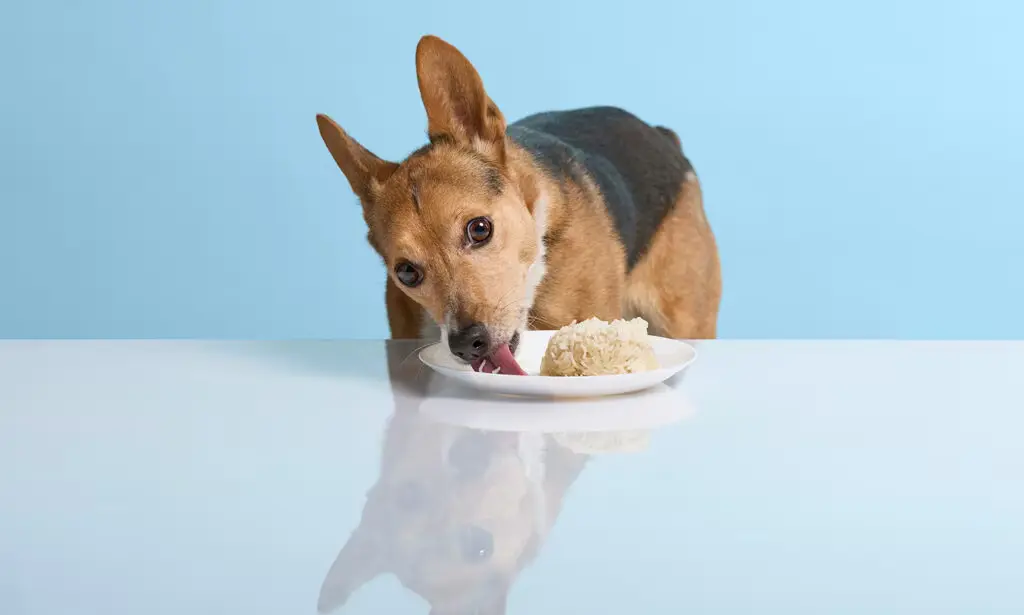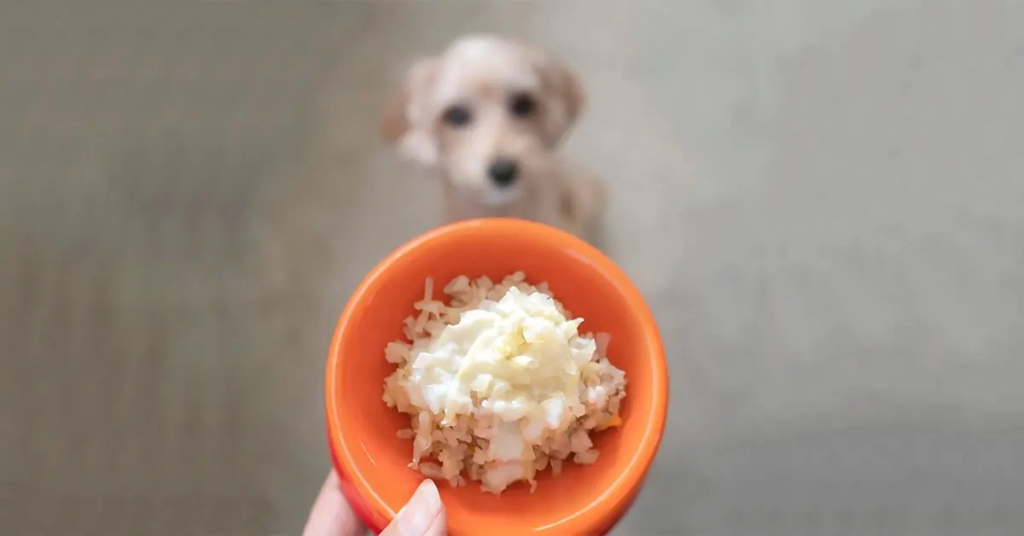168Views

How Much Rice to Feed Your Dog for Optimal Health
As responsible pet owners, we understand the importance of providing our canine companions with a balanced and nutritious diet.
Rice is a staple in many dog food recipes and is often recommended for its easily digestible nature.
However, determining the right amount of rice to feed your dog can be a bit of a puzzle.
In this comprehensive guide, we’ll explore the factors influencing the ideal rice portion, health considerations, and practical tips to ensure your furry friend receives the right amount of this grain for their overall well-being.
Understanding Your Dog’s Dietary Needs
Dogs, like humans, have unique dietary requirements influenced by factors such as age, size, breed, and activity level. Before deciding on the rice portion, it’s essential to consider your dog’s individual needs.
Read Also: How Long It Takes A Dog To Digest
The Role of Rice in a Dog’s Diet
Rice is a valuable source of carbohydrates, providing energy for your dog’s daily activities. It is easily digestible and often recommended for dogs with sensitive stomachs or digestive issues.
Additionally, rice is gluten-free, making it suitable for dogs with allergies or intolerances.
Factors Influencing the Ideal Rice Portion:
Size and Breed: Larger breeds generally require more food than smaller ones. Adjust the rice portion accordingly.
- Age: Puppies, adult dogs, and seniors have different nutritional needs. Consult with your veterinarian to determine the appropriate rice quantity for your dog’s life stage.
- Activity Level: Active dogs burn more calories and may require larger portions of rice to meet their energy needs.
- Health Conditions: Dogs with certain health conditions, such as diabetes or obesity, may need specific dietary adjustments. Consult your vet for personalized advice.
Calculating the Right Rice Portion
- Body Weight: A general guideline is to feed dogs about 2-3% of their body weight in food per day. Adjust the rice portion within this range based on your dog’s specific needs.
- Caloric Requirements: Determine your dog’s daily caloric requirements and allocate a portion of their diet to rice, keeping in mind that it should complement a balanced diet including protein, fats, and essential nutrients.
Health Considerations and Risks:
- Balanced Diet: While rice can be a beneficial component of your dog’s diet, it should not replace essential nutrients obtained from other sources. Ensure a balanced diet to meet all nutritional needs.
- Watch for Allergies: Some dogs may be allergic to certain types of rice. Monitor your dog for any signs of allergies, such as itching, digestive upset, or changes in behavior.
Practical Tips for Feeding Rice to Your Dog:
- Cooked vs. Uncooked: Always feed your dog cooked rice, as uncooked rice can be difficult to digest.
- Plain Rice: Avoid adding seasonings, spices, or sauces to the rice. Plain, cooked rice is the healthiest option for your dog.
- Gradual Introductions: If you’re introducing rice into your dog’s diet for the first time, do so gradually to monitor their tolerance and avoid digestive upset.
Feeding your dog the right amount of rice is an essential aspect of their overall well-being.
By considering your dog’s individual needs, understanding the role of rice in their diet, and calculating the appropriate portion, you can ensure they receive the necessary nutrients for a healthy and happy life.
As always, consult with your veterinarian for personalized advice based on your dog’s specific requirements and health considerations.with
Read also: The Right Rice Amount For Dog With Diarrhea
How To Cook Rice For Dogs

While rice can be a healthy occasional treat for dogs, it’s crucial to cook it correctly to avoid digestive issues. Here’s a step-by-step guide:
Ingredients:
- Plain white rice (unflavored, not instant)
- Water
- Optional: Small amount of unsalted broth for added flavor (choose one safe for dogs, like chicken or vegetable)
Instructions:
- Choose the right ratio: Use a 1:2 ratio of water to rice. For example, 1 cup rice requires 2 cups water.
- Rinse the rice: Thoroughly rinse the rice in a fine-mesh strainer to remove excess starch, which can be difficult for dogs to digest.
- Cook the rice: Combine rinsed rice and water (or broth) in a pot and bring to a boil. Reduce heat, cover the pot, and simmer for about 15-20 minutes, or until the rice is cooked through and the water is absorbed.
- Cool it down: Let the rice cool completely before serving to your dog. Hot rice can cause burns.
- Portion control: Remember, rice is a treat, not a meal. Offer a small amount based on your dog’s size. Aim for 1 tablespoon of cooked rice per 20 pounds of body weight.
- Avoid seasonings: Skip any additives like salt, pepper, or butter, as these can be harmful to dogs.


